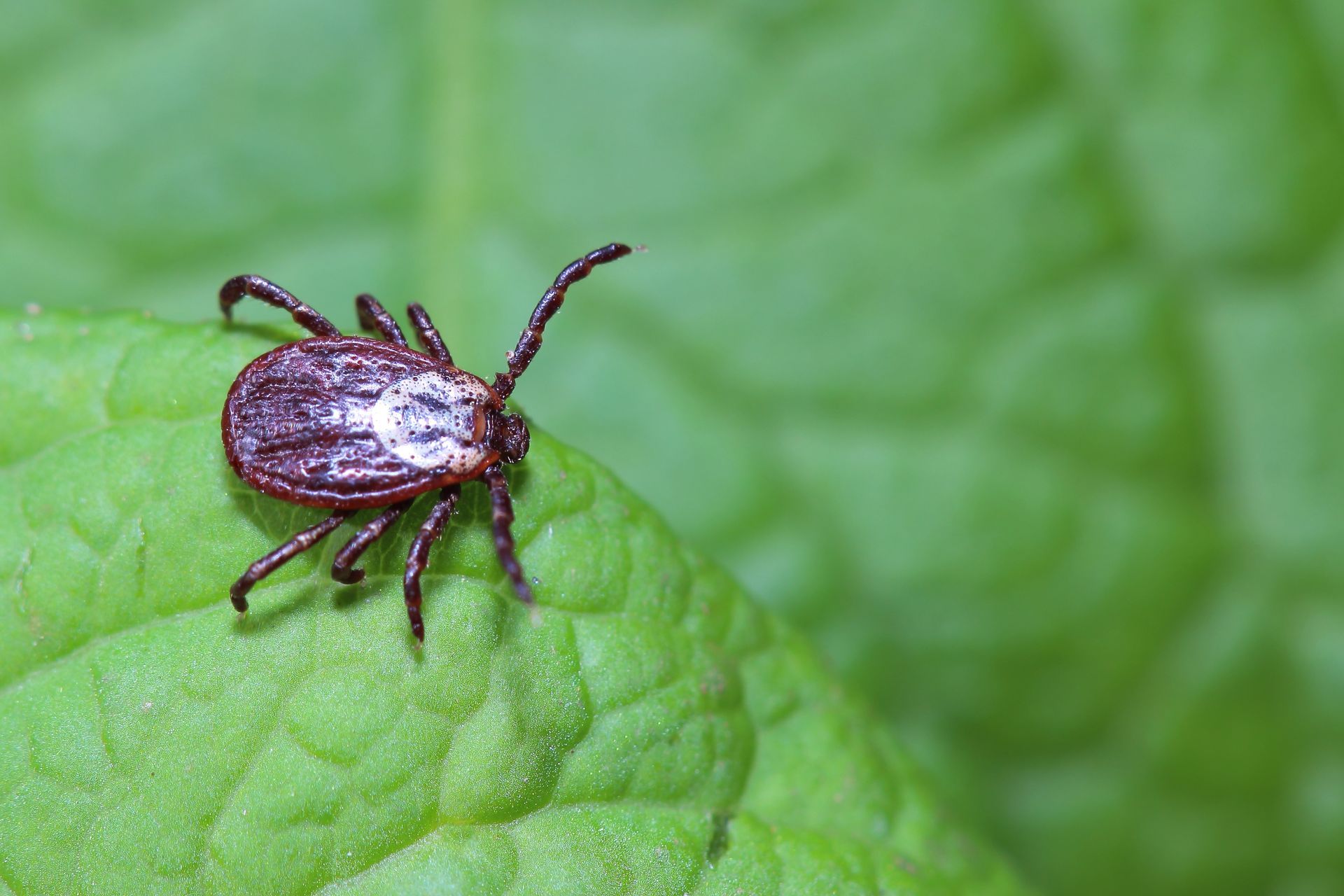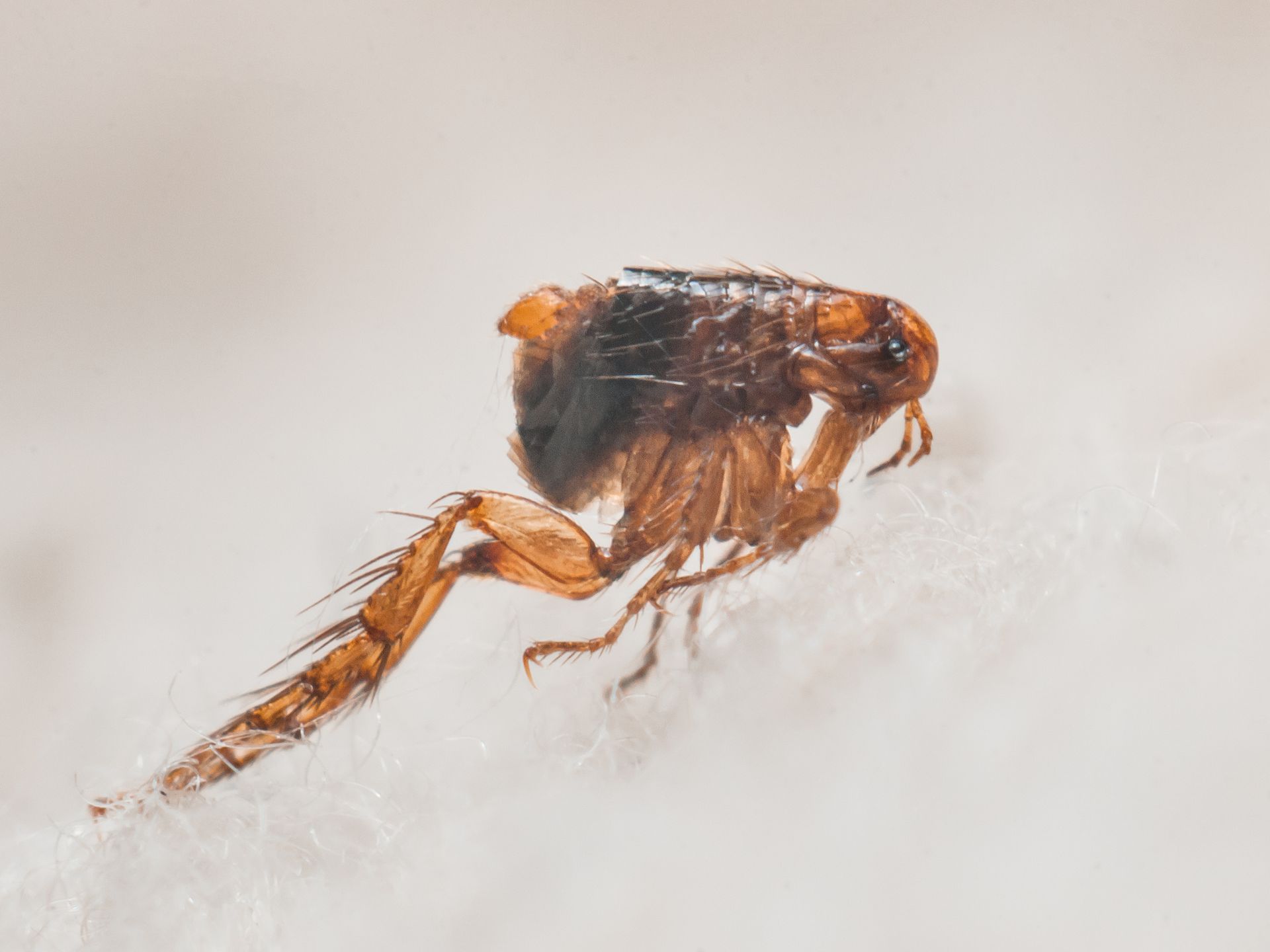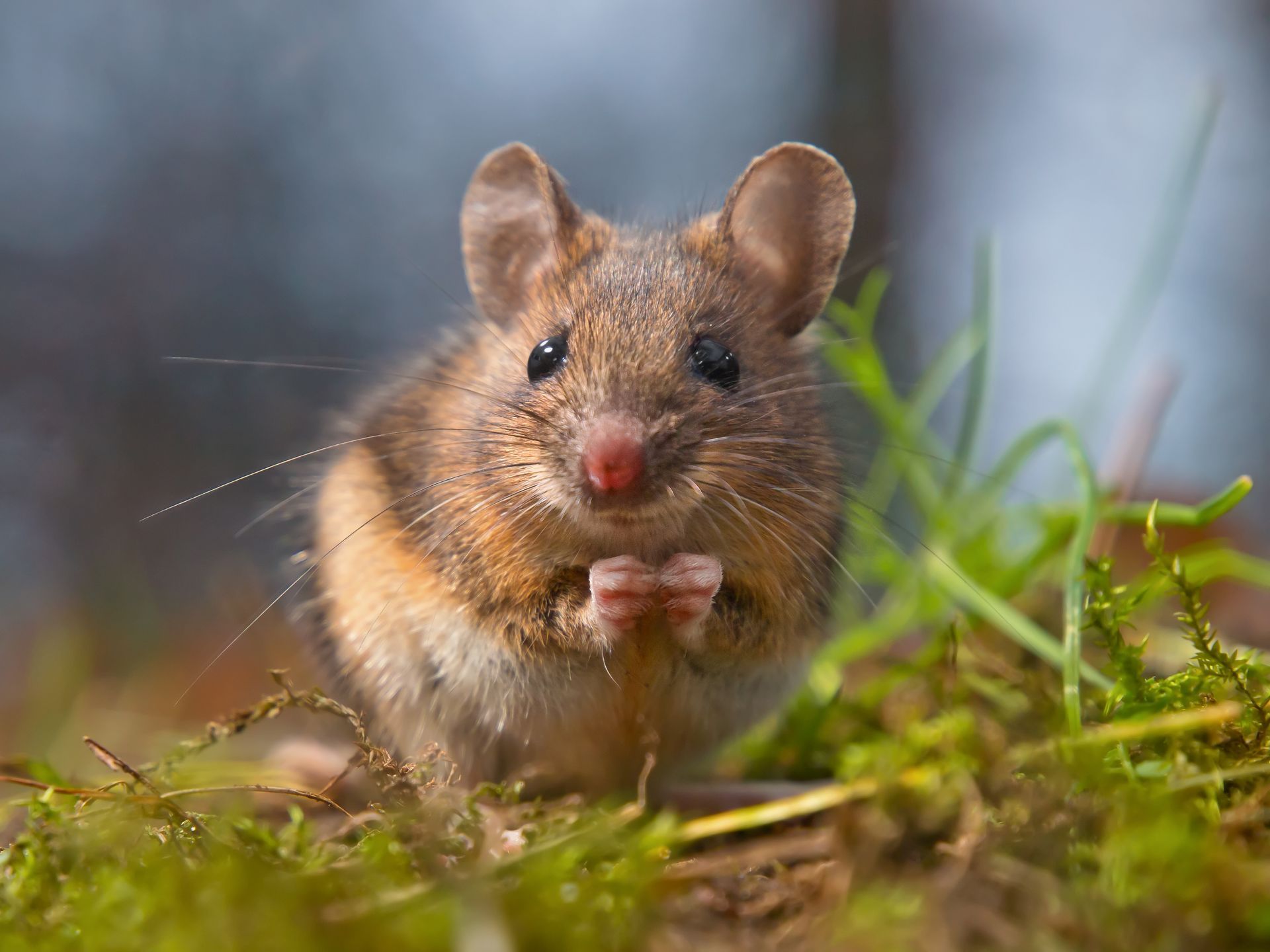Flea and Tick Control
For Charlotte, NC and the Surrounding Areas
When it comes to flea and tick control in Charlotte, North Carolina, and the surrounding communities, Killo Exterminating Co., Inc. is your local expert. We understand how unsettling it can be to find these pests in your home or business, and we are here to provide fast, targeted treatments. Whether you are dealing with a minor issue or a persistent infestation, our personalized solutions are designed to keep your space comfortable and pest-free.
Backed by decades of industry experience, Killo Exterminating Co., Inc. has developed proven methods for detecting and eliminating flea and tick problems. Our trusted technicians perform thorough inspections, address the root cause of your infestation, and apply specialized treatments to ensure lasting relief. Turn to us for reliable, professional service that safeguards both you and your property.
Contact our team today to schedule flea and tick control services in your Charlotte home!

Call the Trusted Flea and Tick Exterminator in Charlotte, NC Today!
How to Identify Fleas
Fleas may be small, but they can cause major headaches for homeowners. Unlike many other pests, fleas are wingless insects that can jump long distances relative to their size. Their bodies are typically flattened, making it easier for them to move through animal fur or carpeting undetected.
.
Characteristics of Fleas
- Flattened Bodies: Fleas have thin, side-to-side flattened bodies, helping them hide between hairs on pets or in fabric fibers.
- Powerful Jumpers: Their strong hind legs enable fleas to leap onto passing hosts.
- Reddish-Brown Color: Fleas often appear dark brown or reddish-brown, making them difficult to spot against dark materials.
- Small Size: These pests usually measure between 1/12 and 1/6 of an inch, which makes close inspection necessary for accurate identification.
Where Do Fleas Hide in Your Home
Fleas tend to gravitate toward warm, quiet areas—particularly when pets are involved. Common hiding spots include:
- Carpets and rugs – Fleas thrive within the fibers, especially in high-traffic areas.
- Pet bedding – A primary breeding ground due to warmth and easy access to a food source.
- Upholstered furniture – Cushions and fabric can harbor fleas and eggs.
- Cracks and crevices – Small gaps in floors or walls offer safe hiding spots.
- Anywhere pets spend time – This includes your pet’s favorite resting places or bedding.
Our skilled technicians go beyond the surface, conducting detailed evaluations that uncover hidden flea hotspots. Once we determine the extent of the problem, we tailor a plan that addresses your specific situation, keeping your family and property well-protected
How to Identify Ticks
A quick way to distinguish ticks from insects is to note that ticks, like spiders, are arachnids—they typically have two main body sections and eight legs, whereas insects have three body sections and six legs. Ticks feed on the blood of humans or animals, making them a potential health concern in and around your Charlotte home.
Characteristics of Ticks
- Arachnid Classification: Ticks have four pairs of legs once they reach the adult stage.
- Mouthparts (Capitulum): The front portion of a tick’s body contains specialized mouthparts that latch onto a host’s skin to feed.
- Engorgement: When a tick feeds, its body can expand significantly, changing size and color.
- Lifecycle Changes: Ticks pass through multiple stages (egg, larva, nymph, adult), each with slightly different physical traits and leg counts.
Where Do Ticks Hide in Your Home
While ticks are usually encountered outdoors in grassy or wooded areas, they can hitch a ride indoors on people or pets. Common hiding spots include:
- Pet Bedding – Warm, cozy places are prime spots for ticks to drop off and breed.
- Upholstered Furniture – Cushions and fabric can trap ticks and allow them to stay hidden.
- Carpets and Rugs – Ticks can burrow deep into fibers, waiting for a new host.
- Cracks and Crevices – They often seek out small, dark places to hide during their off-host stages.
- Anywhere Pets Frequent – Any area where your pets spend a lot of time is a potential tick habitat.
Our tick-control pros don’t stop at the obvious. We comb through tall grass, leaf litter, and shady edges—every spot ticks love to hide. After pinpointing the problem areas, we design a treatment plan that shields your family, pets, and property from these disease-carrying pests.
Charlotte Flea and Tick Treatment
Short-Term Solutions
- Eliminate Existing Infestations: We apply targeted treatments to quickly address fleas and ticks in and around your home, focusing on areas where these pests are most likely to hide.
Long-Term Solutions: Exclusion
- Flea Control for Pets: Regularly treat your pets with flea prevention products recommended by your vet. This helps to eliminate fleas on your pet and prevents future infestations.
- Exclusion: Reduce your risk of flea infestations by eliminating wildlife that may bring fleas into your yard.
Common North Carolina Flea & Tick Species We Remove
- Cat flea
- Dog flea
- American dog tick
- Brown dog tick
- Lone star tick
- Blacklegged / deer tick

Flea and Tick Exterminating Services Around Charlotte, NC
Living in Charlotte, NC, residents and businesses often face the challenge of infestations. Killo Exterminating offers expert flea and tick exterminating services, to ensure your space remains pest-free.
If you do not see your city listed, contact us! We continue to grow our service area while still providing personalized attention to each of our customers.





